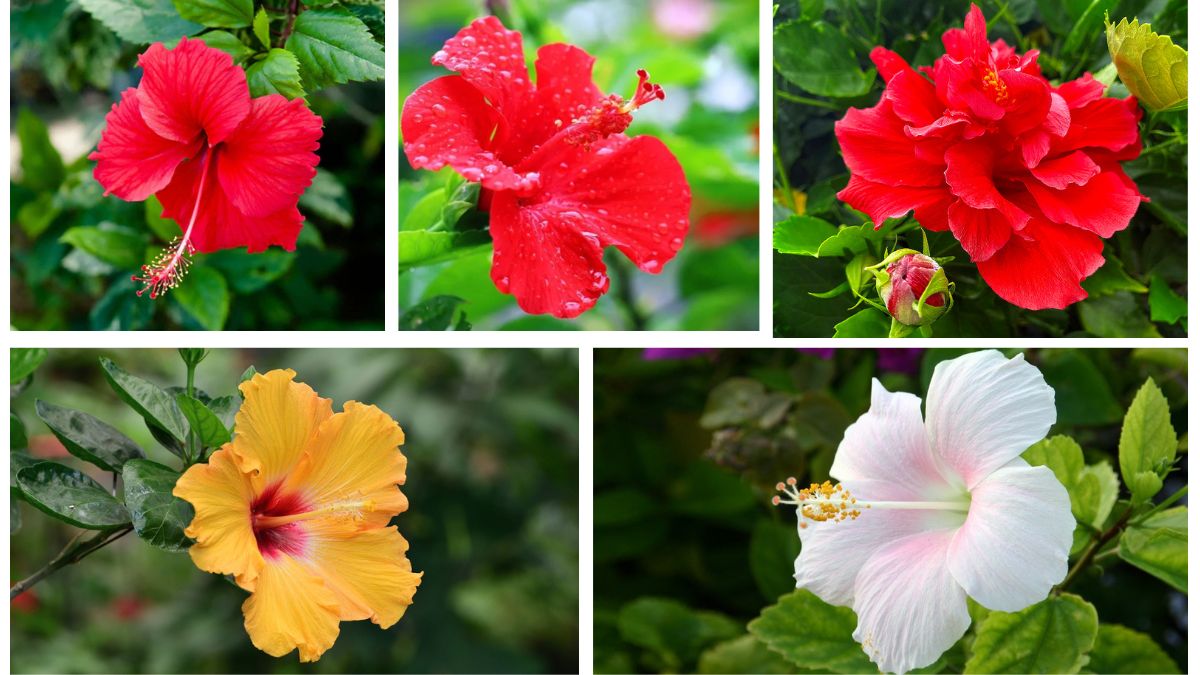Hibiscus plants are celebrated worldwide for their dazzling, oversized blooms and ability to infuse any space with a tropical touch. These stunning flowering plants come in a variety of vibrant colors — from classic reds and yellows to unique purples, whites, and multicolored hybrids. Whether you wish to brighten up your garden, balcony, or indoor space, growing hibiscus is a rewarding experience for both novice and seasoned gardeners.
This comprehensive guide will walk you through everything you need to know about growing hibiscus successfully — from choosing the right variety to care, maintenance, and troubleshooting common problems. By following these tips, you’ll enjoy brilliant tropical blooms throughout the growing season.
Introduction to Hibiscus
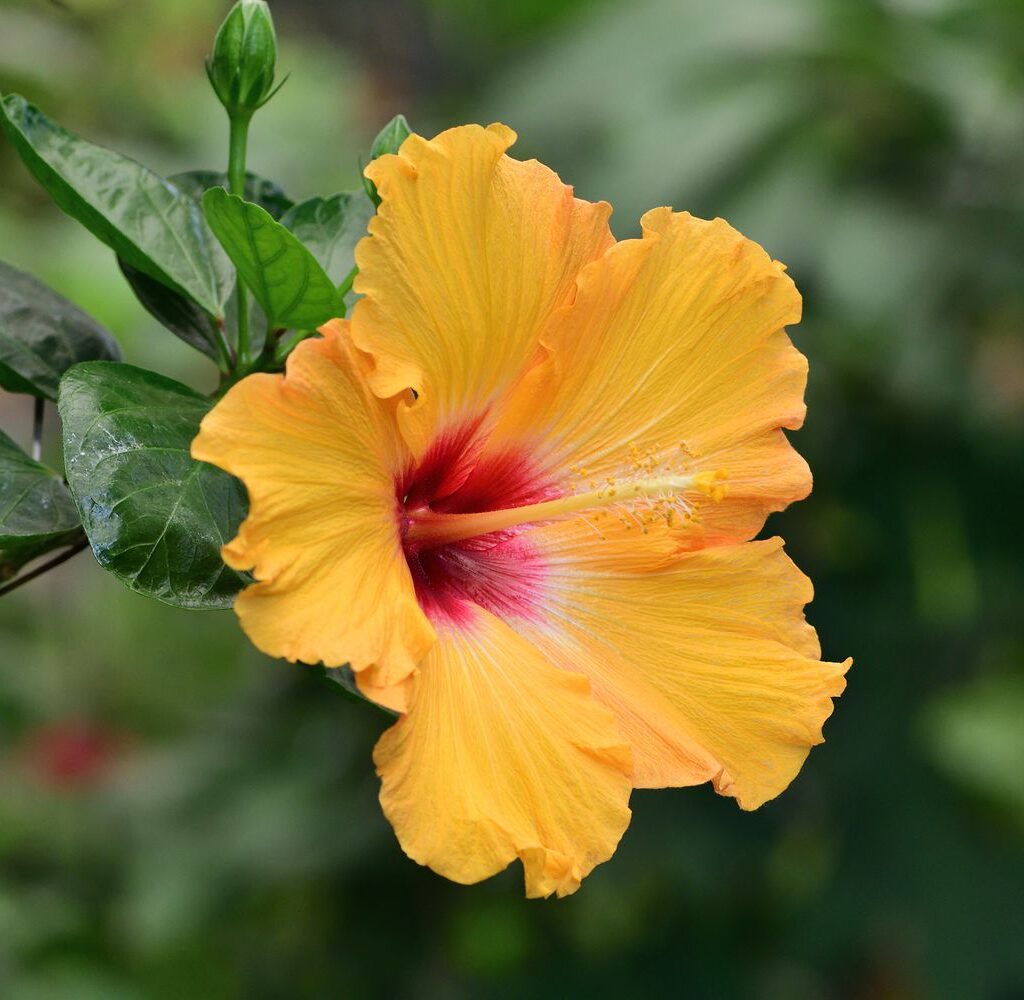
Hibiscus belongs to the Malvaceae family, comprising more than 200 species of flowering plants native to warm temperate, subtropical, and tropical regions. The most popular varieties for home gardens include:
- Tropical hibiscus (Hibiscus rosa-sinensis) — known for large, vibrant flowers.
- Hardy hibiscus (Hibiscus moscheutos) — cold-tolerant, with big, bold blooms.
- Rose of Sharon (Hibiscus syriacus) — a hardy shrub with smaller flowers but excellent resilience.
Each type has its unique appeal, and selecting the right one depends on your local climate and gardening preferences.
Benefits of Growing Hibiscus
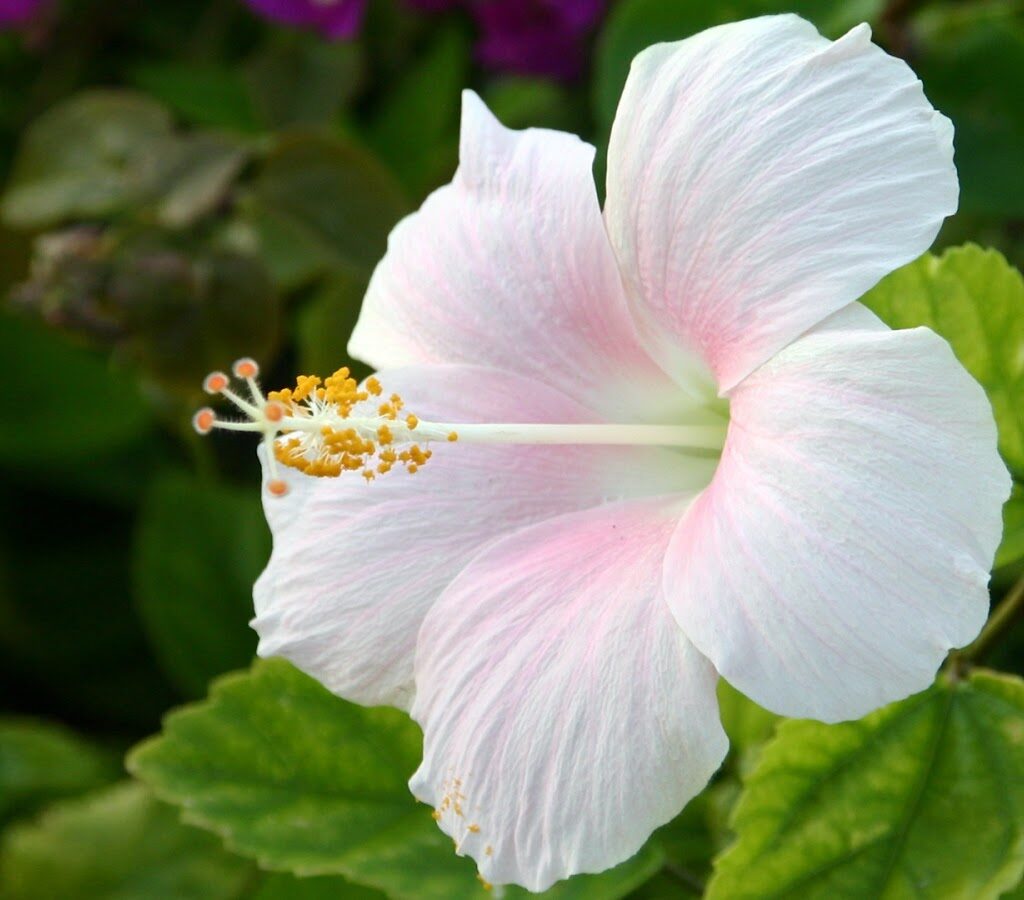
Apart from their ornamental beauty, hibiscus plants offer several benefits:
- Attract pollinators like hummingbirds and butterflies.
- Natural air purifiers improving air quality.
- Used in herbal teas (hibiscus tea) with reputed health benefits like lowering blood pressure and aiding digestion.
- Cultural and spiritual significance in many regions, especially in Asia and the Pacific islands.
Choosing the Right Hibiscus Variety
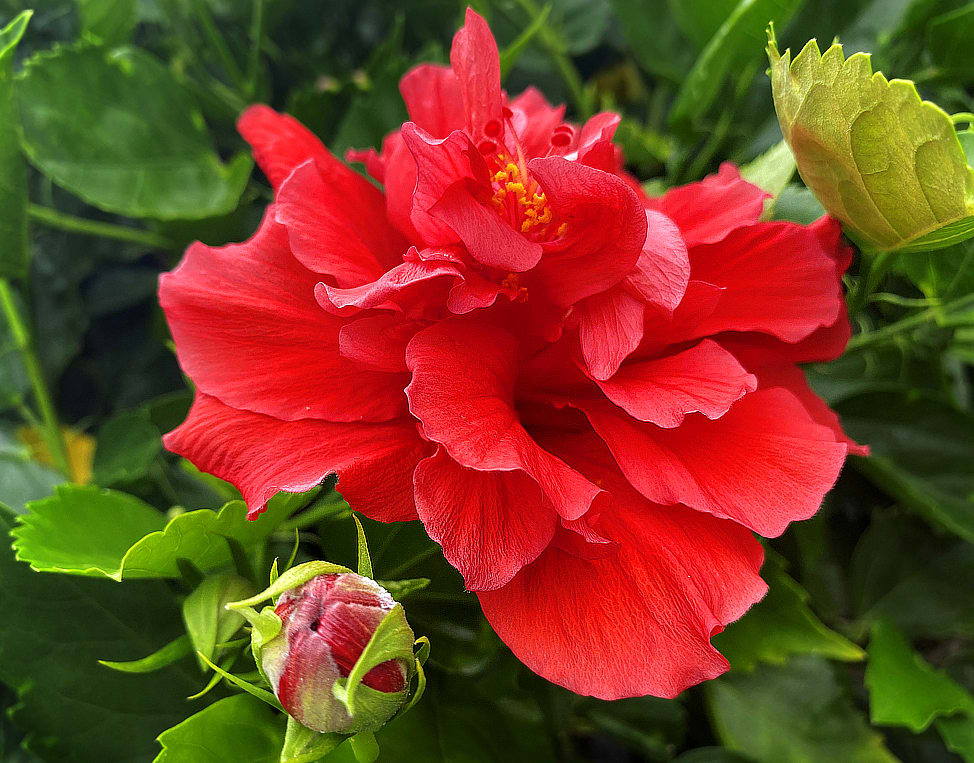
Your first step in growing hibiscus is selecting a suitable variety based on your climate:
1. Tropical Hibiscus (Hibiscus rosa-sinensis)
- Prefers warm, humid climates.
- Thrives in USDA Zones 9-11.
- Grows well in containers for colder climates (to be brought indoors during winter).
- Blooms in an array of colors including red, orange, pink, yellow, and peach.
2. Hardy Hibiscus (Hibiscus moscheutos)
- Suitable for cooler climates, USDA Zones 4-9.
- Known for dinner-plate-sized blooms.
- Dies back in winter and regrows in spring.
- Colors typically range from white and pink to deep crimson.
3. Rose of Sharon (Hibiscus syriacus)
- Thrives in USDA Zones 5-9.
- Can tolerate frost.
- Produces smaller but abundant flowers.
- Ideal as a hedge or ornamental shrub.
Ideal Growing Conditions for Hibiscus
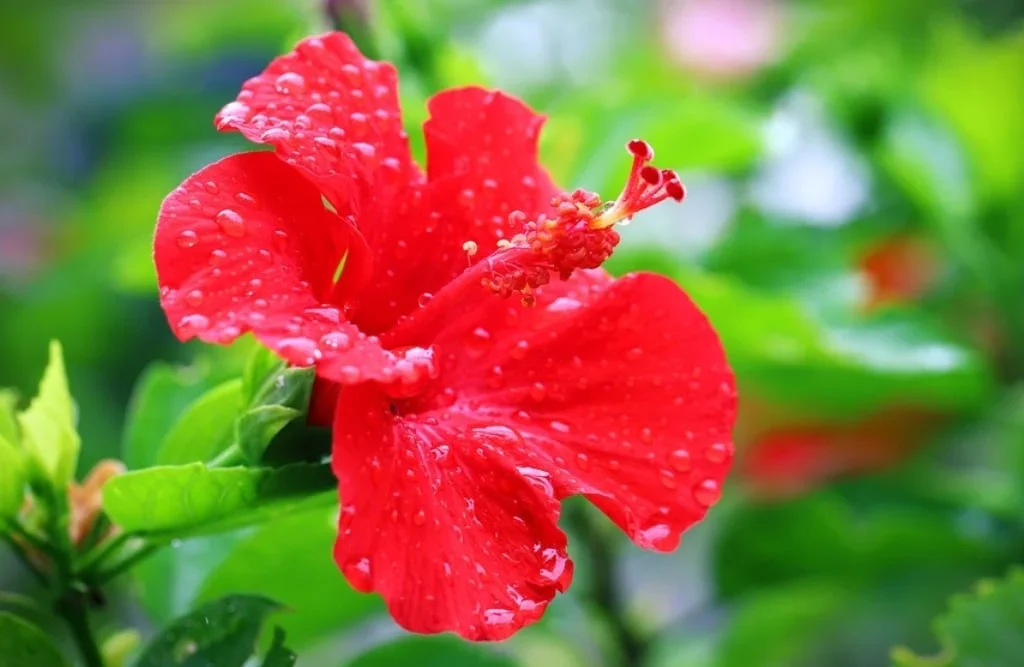
To cultivate healthy, blooming hibiscus plants, you must provide the following optimal growing conditions:
1. Sunlight
- Hibiscus loves sunlight — aim for 6-8 hours of direct sun daily.
- Tropical hibiscus thrives in full sun, while hardy types tolerate partial shade.
2. Soil
- Prefers well-draining, fertile soil.
- Ideal pH: 6.0 to 7.0.
- Amend soil with compost or organic matter to enhance drainage and fertility.
3. Watering
- Hibiscus requires consistent moisture, especially during the growing season.
- Water deeply when the top inch of soil feels dry.
- Avoid waterlogged conditions, which can lead to root rot.
4. Temperature
- Tropical hibiscus thrives in 60°F to 90°F (15°C to 32°C).
- Hardy varieties can tolerate temperatures as low as -20°F (-28°C) in dormancy.
5. Humidity
- Prefers moderate to high humidity.
- In dry climates, misting or placing plants near water sources can help.
How to Plant Hibiscus
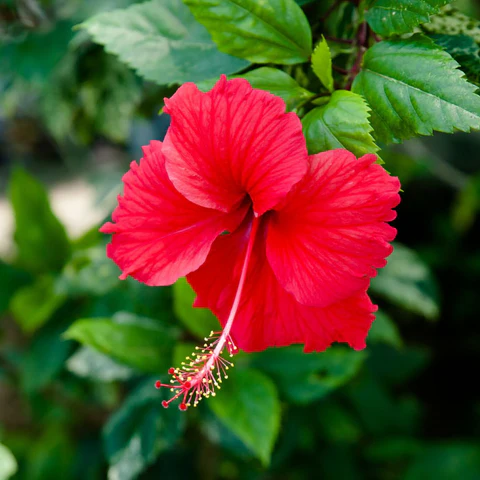
You can start hibiscus from seeds, cuttings, or nursery-grown plants. Here’s a simple planting guide:
From Seeds:
- Soak seeds in warm water for 4-6 hours.
- Plant in seed-starting mix, covering lightly.
- Keep soil moist and warm (75°F to 85°F).
- Germination occurs in 1-4 weeks.
From Cuttings:
- Take 4-6 inch softwood cuttings in spring.
- Dip the cut end in rooting hormone.
- Plant in a moist potting mix.
- Cover with plastic to retain humidity.
- Roots form in 3-6 weeks.
Transplanting Nursery Plants:
- Dig a hole twice the width of the root ball.
- Place the plant, ensuring the top of the root ball is level with the soil.
- Backfill and water thoroughly.
- Mulch around the base to retain moisture.
Caring for Your Hibiscus
Once planted, hibiscus requires regular care to thrive and bloom profusely.
1. Watering
- Maintain evenly moist soil — not soggy.
- Increase watering during hot, dry spells.
- Reduce watering in winter when the plant is dormant.
2. Fertilizing
- Feed hibiscus with a balanced, water-soluble fertilizer (10-10-10 or 20-20-20) every 2-3 weeks during the growing season.
- Reduce or stop feeding during winter.
3. Pruning
- Prune in early spring to shape the plant and remove deadwood.
- Pinch back growing tips to encourage bushier growth and more blooms.
4. Mulching
- Apply a 2-3 inch layer of organic mulch around the base.
- Helps retain moisture and suppress weeds.
5. Repotting (for container plants)
- Repot every 2-3 years into a slightly larger container.
- Use fresh, well-draining potting mix.
Common Hibiscus Problems and Solutions
Even healthy hibiscus plants may face a few challenges. Here’s how to identify and tackle them:
| Problem | Symptoms | Solution |
|---|---|---|
| Aphids, spider mites | Yellowing leaves, sticky residue | Spray with insecticidal soap or neem oil |
| Yellow leaves | Overwatering, poor drainage, nutrient deficiency | Check soil moisture and fertilize accordingly |
| Lack of blooms | Insufficient sunlight, too much nitrogen | Move to sunnier spot, balance fertilization |
| Root rot | Wilting, mushy roots, foul smell | Improve soil drainage, avoid overwatering |
Growing Hibiscus in Containers
Hibiscus makes an excellent container plant, particularly tropical varieties in cooler regions.
Tips for container growing:
- Use a pot with drainage holes.
- Select a lightweight, rich potting mix.
- Move containers outdoors in summer and indoors during winter.
- Fertilize more frequently as nutrients wash out faster in pots.
Harvesting Hibiscus Flowers
Hibiscus flowers last 1-2 days but bloom continuously during the season. Harvest flowers early in the morning for use in:
- Teas and herbal remedies (from specific species like Hibiscus sabdariffa)
- Floral arrangements
- Edible garnishes for desserts and drinks
Always use pesticide-free flowers for culinary or medicinal purposes.
Conclusion
Growing hibiscus is a fulfilling way to brighten your home or garden with eye-catching tropical blooms. With proper variety selection, the right growing conditions, and attentive care, even novice gardeners can enjoy stunning hibiscus flowers throughout the warmer months.
Whether you prefer the elegance of tropical hibiscus, the resilience of hardy types, or the charming Rose of Sharon, these plants are sure to reward you with their vibrant colors and lush greenery. Follow this complete guide to start your hibiscus-growing journey and create a personal tropical paradise right in your backyard.
